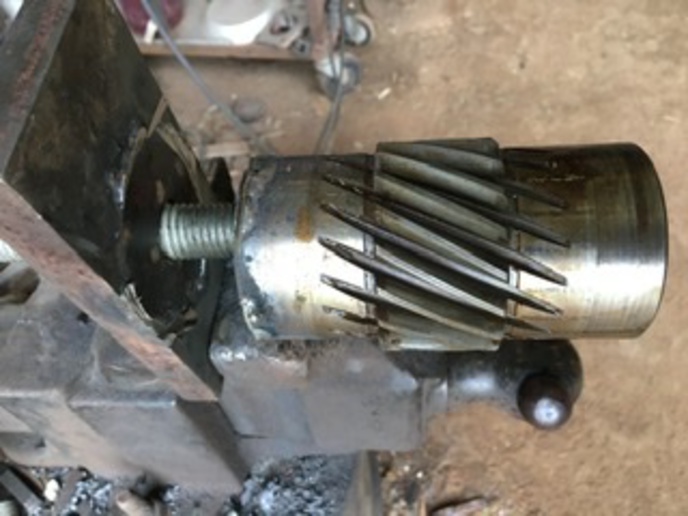Fred Werring
Well-known Member
Got an 8000w Rigid generator, 8-9 years old, with a Robin/Subaru gas engine, electric/pull rope start. Just wanted to change the oil and let it run for a while.
Old battery was bad, pull started the engine...only 2 pulls to start it after a year and a half, I was impressed.
Checked voltage at the (old)battery while running, started out at about 14 volts. Checked a half hour later, my digital Fluke was showing 48VDC. Not cool. Checked with a cheapo analog meter, same thing.
Rang out the rectifier/diode block. Diode and ohm check looked good, could only read through one way on the DC leads on the rectifier. Had a friend bring his scope meter, it showed spikes around 60VDC.
Got a new battery, starts charging at 14 volts, half hour later was 16.6 volts at the battery. Haven't put the scope meter on with the new battery.
Time for a new diode/rectifier? Part description doesn't say anything about voltage regulation, and there is not a separate regulator in the circuit.
Something going on with the engine coils/magneto?
Thoughts?
Thanks
Fred
Old battery was bad, pull started the engine...only 2 pulls to start it after a year and a half, I was impressed.
Checked voltage at the (old)battery while running, started out at about 14 volts. Checked a half hour later, my digital Fluke was showing 48VDC. Not cool. Checked with a cheapo analog meter, same thing.
Rang out the rectifier/diode block. Diode and ohm check looked good, could only read through one way on the DC leads on the rectifier. Had a friend bring his scope meter, it showed spikes around 60VDC.
Got a new battery, starts charging at 14 volts, half hour later was 16.6 volts at the battery. Haven't put the scope meter on with the new battery.
Time for a new diode/rectifier? Part description doesn't say anything about voltage regulation, and there is not a separate regulator in the circuit.
Something going on with the engine coils/magneto?
Thoughts?
Thanks
Fred



